The inaugural Youth on the Air (YOTA) Junior Camp took place July 25-27 at the National Voice of America Museum of Broadcasting in West Chester, Ohio, just outside of Cincinnati. The camp was closely modeled after the annual YOTA Camp held in the U.S and Canada.
The goal of the camp was to connect young amateur radio operators with friends and mentors by bringing them together over a long weekend. The key difference between YOTA and YOTA Junior camps is that YOTA Junior campers are all under the age of fifteen. YOTA camp takes participants ages 15 through 25.
After the number of underage applicants to YOTA camps started to increase, the need for a similar opportunity that catered to a younger audience became apparent. This year’s camp was certainly a success—13 campers attended, the youngest of them being eight years old.
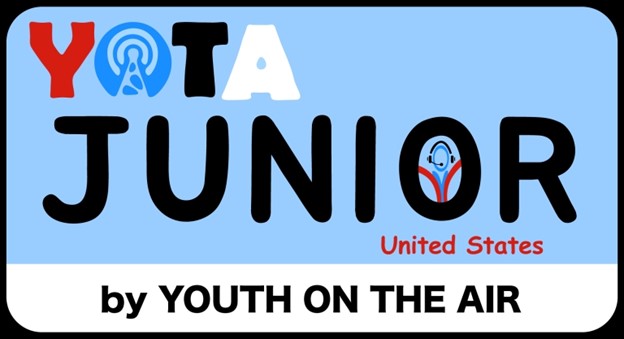
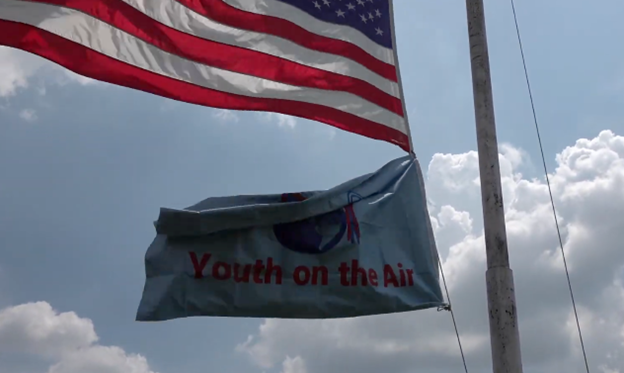
We started out on Friday afternoon with the opening ceremony where parents and campers had the opportunity to learn the history of YOTA and what the organization is all about. Our first session taught campers different ways to get involved in contesting, what contests are good to start with, and some basic contesting jargon and techniques.
We also had an eyeball sprint where campers got to put the contesting skills they had learned to use. We transitioned into a brief shack orientation so that campers were comfortable with the amateur radio equipment before getting on the air for a few hours with the special event callsign W8Y. After dinner, campers enjoyed a little more operating time before heading back to the hotel where they had the choice of operating a remote station or playing games to get to know each other.
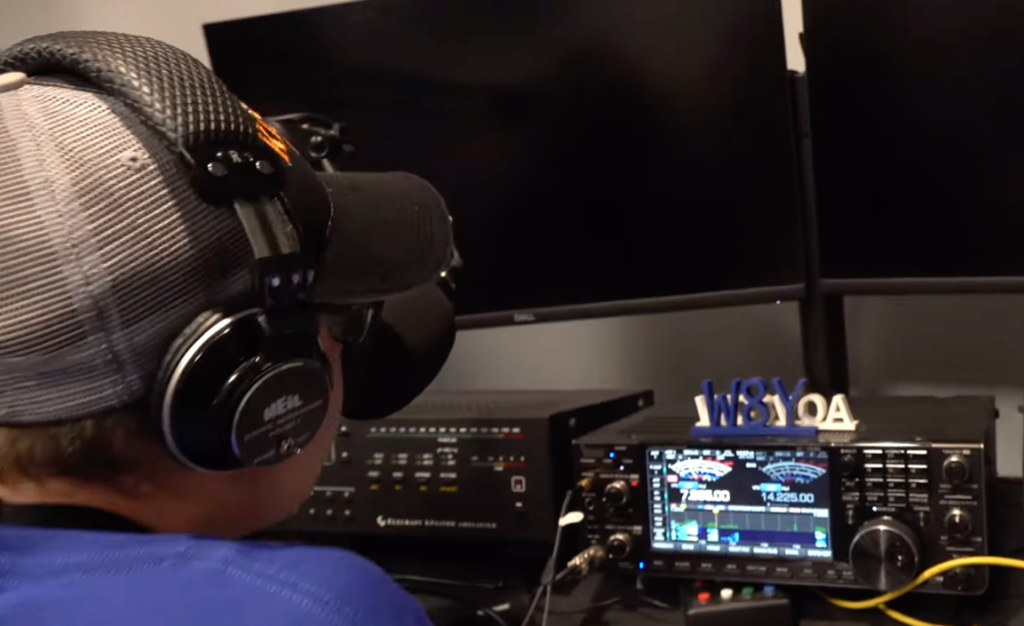
Saturday started bright and early with a kit-building session. With the help of parents and staff members, campers learned how to solder (or improve their soldering skills, as was the case for some of them) through building small straight keys with oscillators. Some of the campers with more advanced soldering skills also put together a tiny 20-meter QRP (low power) transmitter.
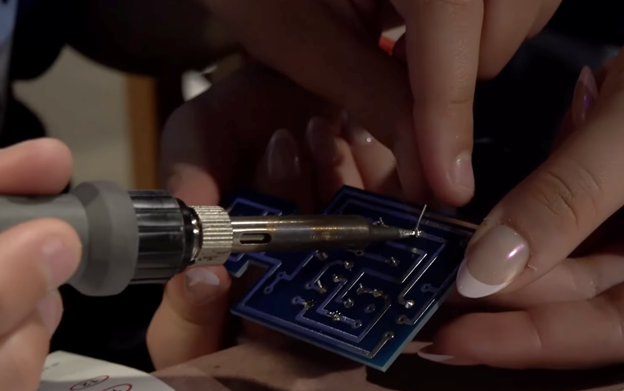
Then we moved on to what would be the highlight of the weekend for many campers—the session on Amateur Radio Direction Finding (ARDF), also known as foxhunting. This began with a brief introduction to teach the campers about the basics of ARDF, a demonstration of some of the techniques led by the session leaders, and an ARDF competition. After all the transmitters had been found, campers cooled down with some shaved ice and time in the shack.
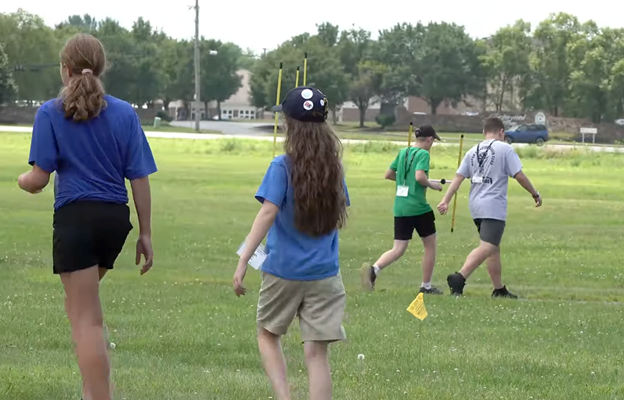
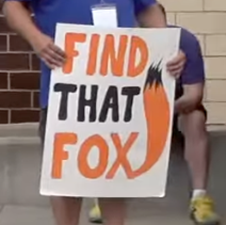
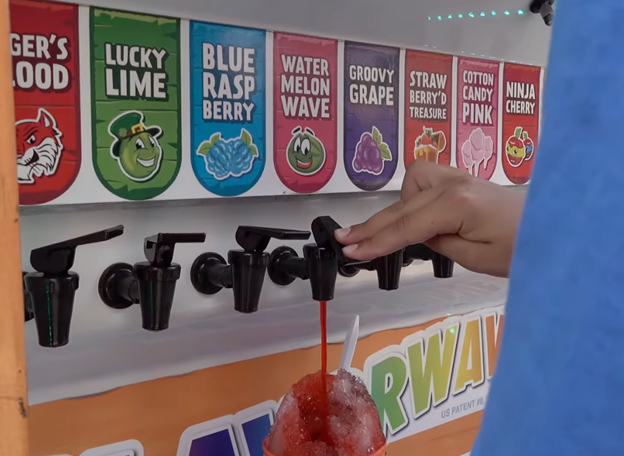
To finish up the day, everyone went to Dave and Busters so campers could get to know each other a little bit outside of the amateur radio environment. Then we returned to the hotel for some remote operating, board-game playing, and swimming before heading to bed for the night.
Sunday began with a tour of the Voice of America (VOA) Museum. Campers learned about the history of the VOA, its involvement in communication and broadcasting around the world today, and the technology it uses.
YOTA Junior Camp was a great weekend filled with plenty of CW, foxhunting, contesting, and soldering. The campers had an amazing time meeting each other and getting to make friends with other amateur radio operators in their age range. They learned about new aspects of amateur radio and shared their favorite parts of the hobby with each other. Many of them are eagerly awaiting the day when they’re old enough to attend YOTA camp together!
Editor’s Note: Think a young operator in your life would like to attend a future YOTA camp? Be sure to share the video below showing highlights of the 2025 gathering. For more information about these amazing opportunities for young licensed amateur radio operators, visit the YOTA website.

